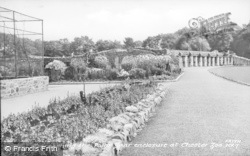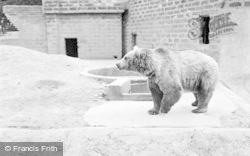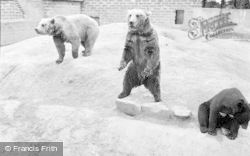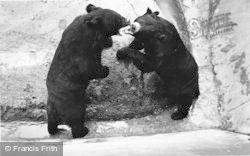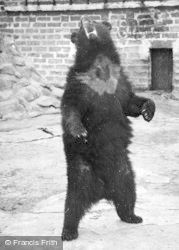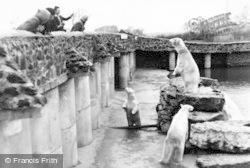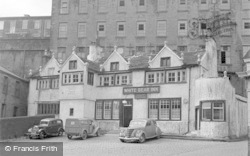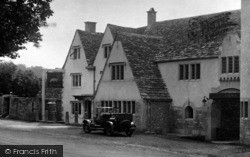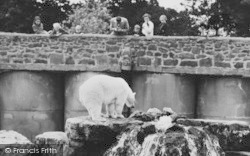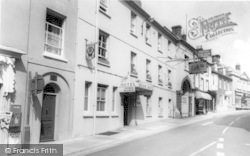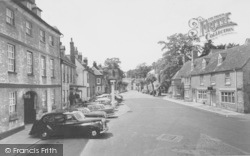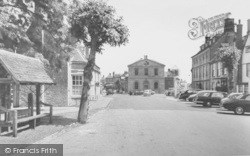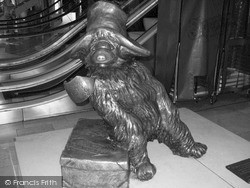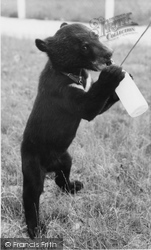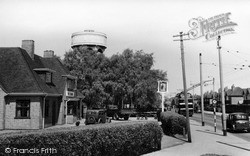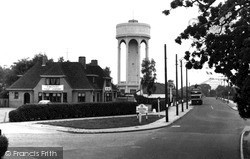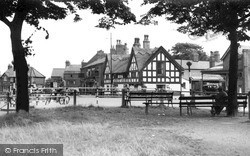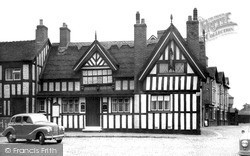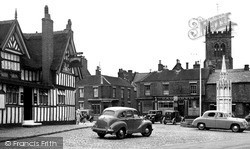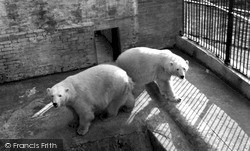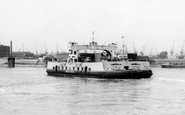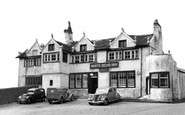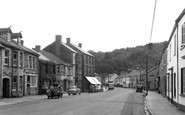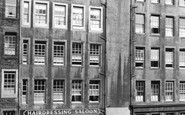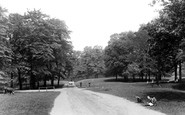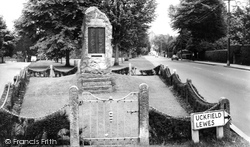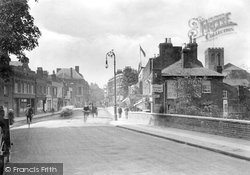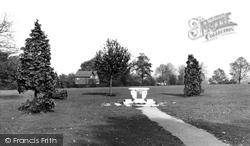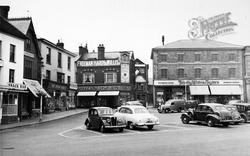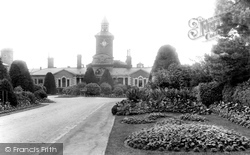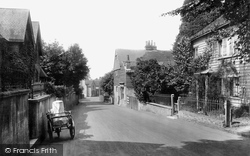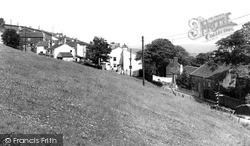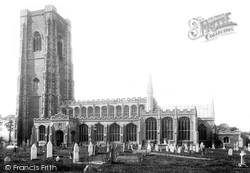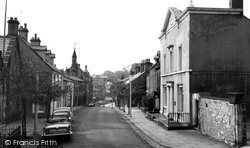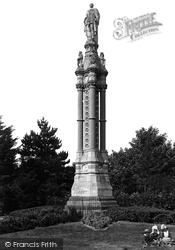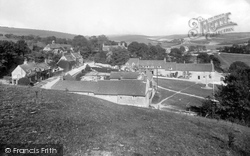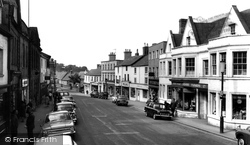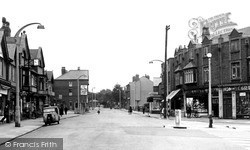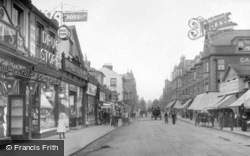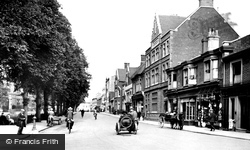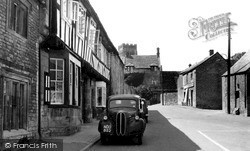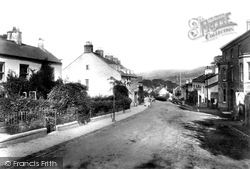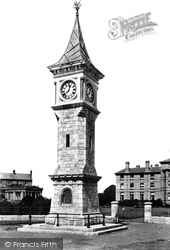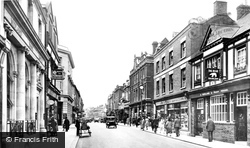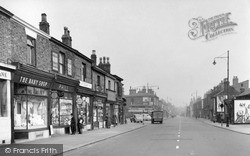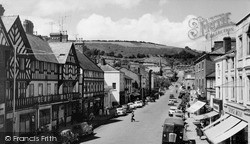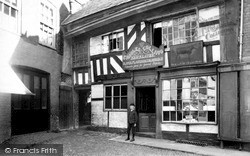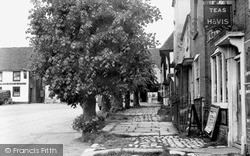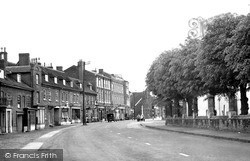Places
3 places found.
Those places high-lighted have photos. All locations may have maps, books and memories.
Photos
240 photos found. Showing results 181 to 200.
Maps
48 maps found.
Books
Sorry, no books were found that related to your search.
Memories
285 memories found. Showing results 91 to 100.
Stockton Road
I was born in Flixton before moving with my parents to Stockton Road Chorlton-Cum-Hardy. At the time my dad was working at Metrovicks in Trafford Park before getting a job working for the MOD at The Royal Ordinance Factory ...Read more
A memory of Chorlton-cum-Hardy in 1941
Wartime Memories Of Hay Part Three Final
Wartime Memories of Hay: Part Three. (Continued) Apart from Ration Books and the coupon implications for restricted purchase of food and clothing, my own recollections of life in Hay during World War ...Read more
A memory of Hay-on-Wye in 1940 by
A Day Out To Woolwich
During the early years after the Second World War my mother would take me to Woolwich as a special treat. I was about 8 year old then. We would catch the 696 trolleybus from Dartford market and arrive at the Woolwich Arsenal ...Read more
A memory of Woolwich in 1952 by
White Bear
Haighton's is one of the mills to which you refer where my parents worked. Is that John Hill the teacher whose mother's name was Margaret? I was formerly Margaret Drake, nee Mount.
A memory of Barrowford by
Life In Wellingborough After The War
My family moved to 121 Midland Road during the winter of 1946 as my father worked in a local paint factory till 1948. There was a huge monkey puzzle tree in the front garden. I was 7 and my sister was ...Read more
A memory of Wellingborough in 1947 by
Bampton Open Day
Each August Bank Holiday Monday Bampton, near Exmoor, is the venue for a huge village open day. This year's event featured a duck race, teddy bear parachuting form the top of St Michael's Church Tower, tombola, white elephant ...Read more
A memory of Bampton in 2010 by
The Village
I left the village in 1960. I attended the local junior and infant school. The teachers I recall were Miss Whitehead, Miss Jenkins, Miss James, Granny Chancellor (she was a lovely lady who taught most of our parents also, those that ...Read more
A memory of Waun Lwyd by
What We Ate
Eeh! Remember potted meat? You could eat it as it was or put it on bread for a sandwich, where is it now? Then there was dripping which was quite solid and spread like margarine on your bread for sandwiches. I worked in Leeds on the ...Read more
A memory of Newburn in 1950 by
Fleshmarket Close
When I was 8 or 9 years old our family moved from Clyde Street, Edinburgh to the High Street or, as we called our immediate area, 'The Tron', in view of living in the shadow of the old Tron Kirk. Our address was 'Fleshmarket ...Read more
A memory of Edinburgh in 1953 by
Visiting Victoria House In The Park For Clinic Visits
Once I had started school, I had to pay regular visits to the clinic housed within Victoria House which is sited within the park bearing the same name. This building had been the Town Hall for ...Read more
A memory of Swinton in 1954 by
Captions
269 captions found. Showing results 217 to 240.
At the western apex of Muster Green is the war memorial, a 7.5 ton Cornish granite slab, which was unveiled in 1921 (the same year as the church clock) - both ceremonies were performed by
The view of the Bear and the adjacent buildings on the right is now hidden by High Street Colonnade.
Once a cornfield, this open space on the east side of the Sutton bypass was bequeathed in perpetuity to the people of the borough by Mr and Mrs John Sears, who had lived in nearby Quarry Park Rise.
The ornately timbered upper storey of the adjoining shop, formerly Maison Gerard, now has a modern frontage bearing the name Sarah Lewis.
To fix your bearings, the drive in this view is now Warren Close, one of the 1990s housing estate roads.
The milk churn partially protected from the sun on its 'pram', which bears the initials WWS on its tailgate, is from Winslow Sergeant's Dairy at Pond Hill farm.
Its 16th-century church has the Eye of God on its church tower to protect the villagers against witchcraft, which was so genuinely feared by the parishioners of St Mary's.
The exterior bears shields and heraldic devices of the de Vere and Spring families to show which parts they built.
Over 150 years ago, Church Street was the main way out of the town to Chatburn.
Below the column are plaques, each bearing the face of Queen Victoria in profile, the image familiar from coins and postage stamps.
We are in a valley of the Downs near Beachy Head.
Looking down the High Street we can see Fosters Brothers (centre right) in a new building that replaced the Bear Hotel, one of Daventry's coaching inns.
The scene in the photograph bears little resemblance to the same street today, although many of the buildings are still visible.
The welter of advertising and shop display signs along the left-hand side of the street bear close examination.
We are looking east along St Peter's Street, where much on the south side has changed.
The Ford Thames van bears a DD Gloucestershire registration; behind it we can just see the back of the latest Thames van which superseded it.
The stuccoed Regency and Victorian villas lining this straight, climbing street however, bear witness to its popularity as a resort; and one whose scenic beauty was much admired by Jane Austen.
This newer memorial bears the flags of many nations and a call that all should live in peace.
The Bear, modernised about 1900, also remains, its glazed tiles now painted.
Nasmyth chose Patricroft because of 'the benefit of breathing pure air during the greater part of the year'; being no fool, he was one of many industrialists who had grasped the fact that a healthy workforce
The Bear Hotel seen here was one of the principal hostelries and dated from the 18th century.
But it does bear the same date - 1577 - so perhaps both were part of the same building.
The village stands under the downs near the source of the Len and has a broad, attractive market square fringed with lime trees, which create a shadowed path over the uneven setts and cobbles.
The date of this photograph is the year in which the Duke of Bedford opened Woburn Abbey to visitors in the commercial sense.
Places (3)
Photos (240)
Memories (285)
Books (0)
Maps (48)


